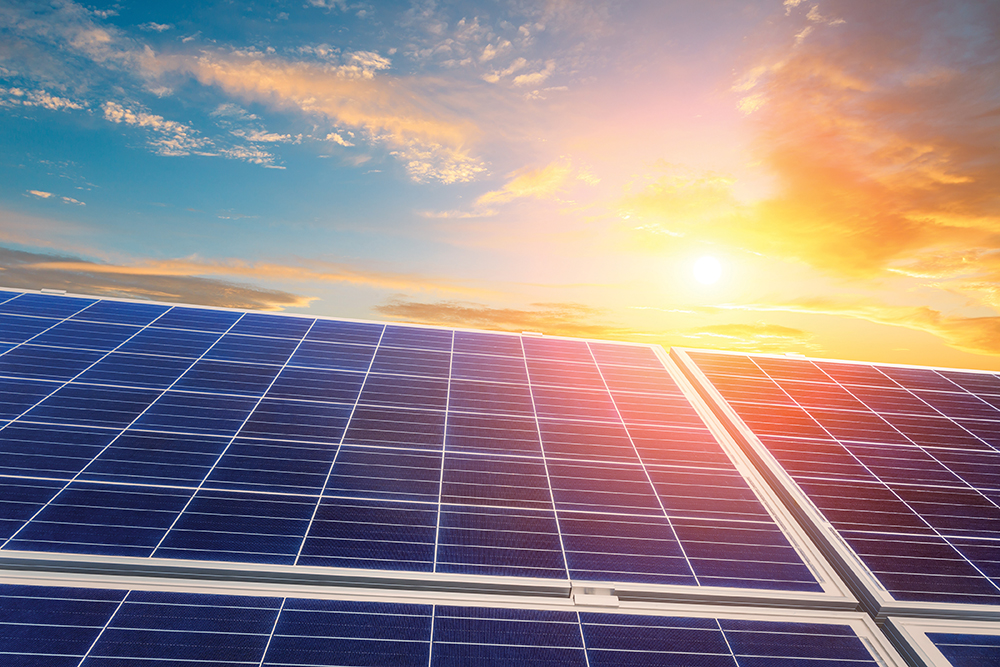The Essor A2E solar project, which is an ambitious program to build Greenfield hybrid solar power generation and distribution projects in three cities (Gemena, Bumba, and Isiro) in the northern region of the Democratic Republic of Congo (DRC) is progressing and it is reportedly at the financing stage.
Also Read: DRC launches construction of 600MW Kinshasa Solar City
This stage includes the identification and reaching out to possible stakeholders to meet financial needs, negotiation of the terms and conditions associated with the debt or equity from stakeholders, and reimbursement of the funds from the stakeholders.
Gridworks Development Partners LLP, the company selected to implement the project alongside the Eranove Group, a pan-African industrial platform for public services management and independent water and electricity production, and the AEE (Association of Energy Engineers), a membership organization dedicated to the interrelated industries of energy efficiency, energy services, deregulation, facility management, plant engineering, and environmental compliance, are therefore seeking US$ 35m in capital grants from the international development finance institutions (IFD).
Expectations for the US$ 35m grant
These funds are expected to enable the Essor A2E project to get off the ground, particularly, they will enable the first phase of the project to be launched. This phase will be followed by a second phase that will replicate the proven system for increasing investment in the off-grid sector.
The African Development Bank (AfDB), which is supporting the project, emphasized that the three solar power plants will each have an installed capacity of between 3 and 10 megawatts.
The objective of the entire project, which requires an investment of US$ 100m, is to reach thousands of “dispersed consumers” across the three cities: or approximately 21,200 households and 2,100 Small and medium-sized enterprises (SMEs), and public buildings during the first five years of the project’s implementation.

